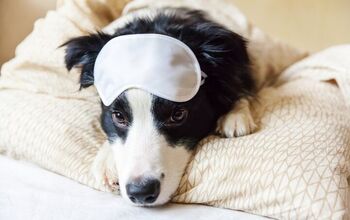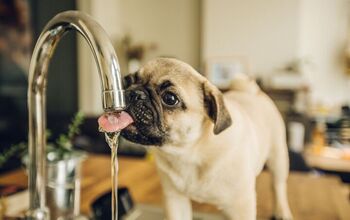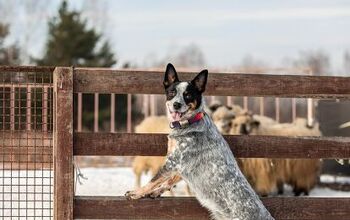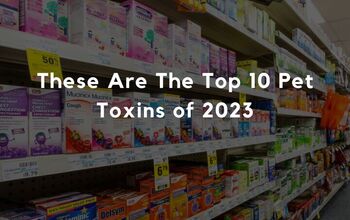How Much Water Should My Pet Be Drinking Throughout the Day?

No matter what time of the year it is, your pet needs to drink a certain amount of water per day in order to say healthy.
Like many multi-pet households, I have water bowls throughout the house as well as on my back deck for when my pets get thirsty. To be honest, a fresh bowl of water in the upstairs hall saves me from waking up at night as my pooches noisily plod down the stairs to the kitchen and back up again. And with my two medium-sized dogs and three cats all drinking from the same series of bowls, replenishment is frequent and it helps to have a few water sources on the go.
This leads to the question of how do I know if one or more are drinking excessively… or maybe not at all.
Let’s start with how much water I should be expecting my crew of five to be consuming throughout the day. The rule of thumb for dogs is that they should drink between .5- and 1-ounce of water per pound of body weight each day.
So, for my 22-pound Schnoodle, that translates to around 1-1/2 to 3 cups of water every day. Of course, many factors can influence that amount including whether her diet is strictly dry food or includes moist food. Is she older, is she highly active, is she nursing or sick… you get the pitcher (pun intended).
With cats, it’s more like .25- to .5-cups of water for every five pounds of body weight. This means that for 10-pound Maude - who does precious little beyond lounge around the house - 2.5 cups should be fine. For heavyweight Pumpkin who tips the scales a 20 pounds and is seriously active, we’re looking at closer to 5 cups of water each day.
So, we know what they should be consuming daily but how can you tell if your pet is drinking too much? Using the above consumption guidelines, develop a water bowl routine. Every morning, dispense a specific measure of water into your pet’s water dish. If you have to replenish throughout the day, track how much you add and how frequently. Each morning, measure and dump whatever is leftover from the day before and you’ll soon have a sense of how much water your pet is going through. Now, if it’s hot outside or he’s been out for a run or a game of catch, be sure to factor that in. Track over the course of several days and you’ll get the stats you need to determine if his or her water consumption is excessive.
With multiple pets sharing the same bowls, it often comes down to observation. Take the time to spot-check whether one pet seems to be continually at the water bowl or is seeking out additional sources (such as drinking from the toilet, a dripping tap, a pool or pond).
And if you do decide your pet’s water consumption is unusually excessive, it’s time to pay a visit to your vet. Treatable conditions such as diarrhea or infection can lead to heavy water drinking and are easy for your vet to diagnose. Other illnesses including diabetes, liver or kidney disease as well as Cushing’s disease and cancer can be other causes that require immediate attention.
Additionally, if your pooch has been on medications such as anti-inflammatories or anti-seizure drugs, these too can cause excessive thirst.
Now, the flip side to over-consumption is of course under-consumption and this can have dire consequences if it leads to your pet becoming dehydrated. If left unchecked, important organs can become damaged and over time, shut down entirely causing death.
If your pet is ill or has been nursing, they’re at greater risk of becoming dehydrated and will require that fresh water be readily available at all times and with careful monitoring to ensure it’s being consumed.
And if you do suspect your pet has been off his water, the “pinch” test is an easy way to see if he is becoming dehydrated. Simply pinch the skin between his shoulder blades, lift it gently and if he’s fully hydrated, the skin will immediately snap back into place. If he’s dehydrated, it will remain in the pinched position. Other signs your dog or cat hasn’t been consuming enough water include the tell-tale dry nose as well as pale gums and thick, gooey saliva.
Monitoring your dog or cat’s hydration is as important to his health as ensuring he receives a nutritious diet in appropriate quantities. And while a bowl of untouched kibble makes it obvious when your pet is off their food, noticing a change in water consumption can be a little trickier. The bottom line is, be observant of your pet’s behavior, be diligent in pursuing an answer, and be responsible for bringing in your veterinarian to resolve the situation.

Sharing space with three seriously judgy Schnoodles and a feline who prefers to be left alone. #LivingMyBestLife
More by Mary Simpson























